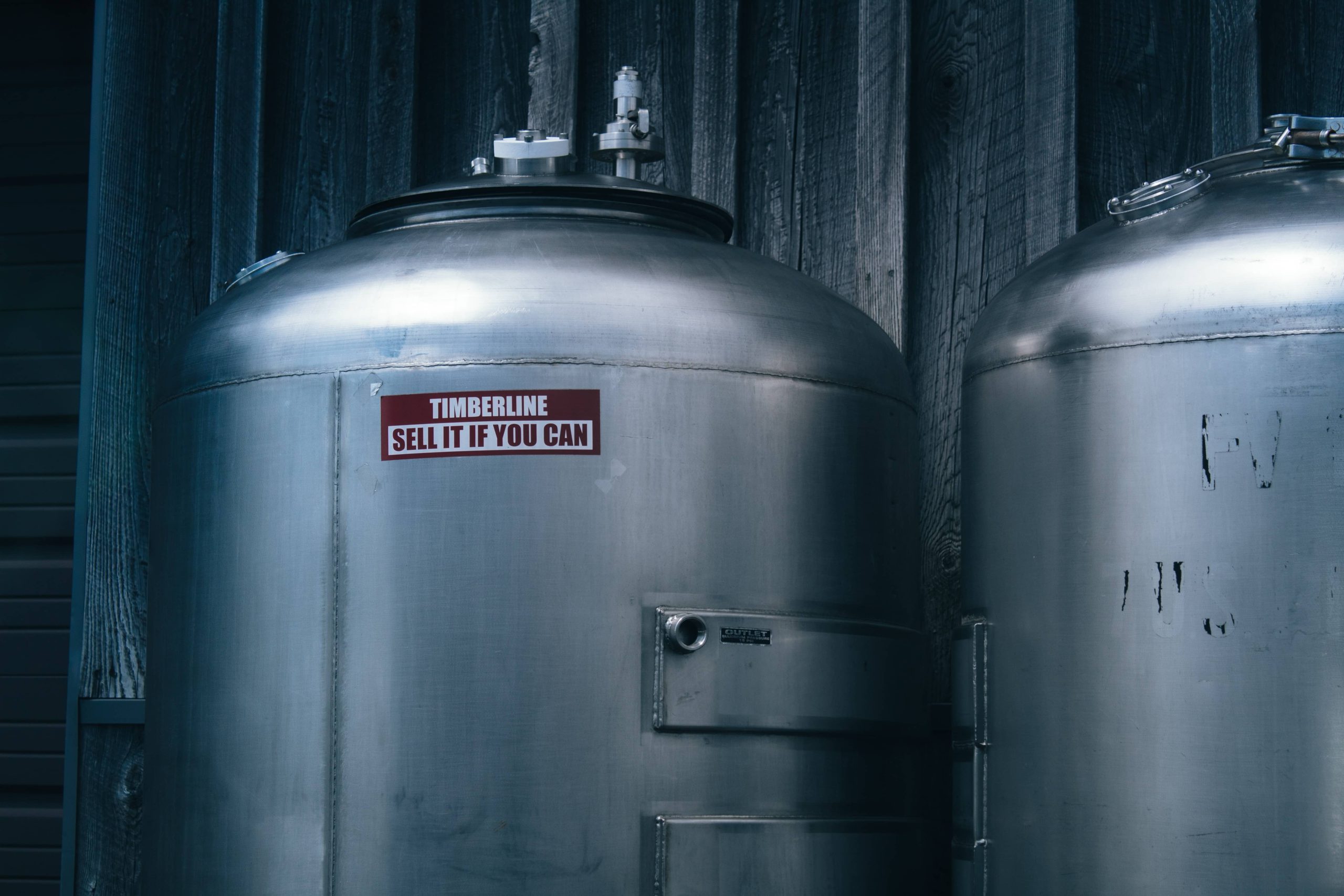Bunded fuel tanks provide a safe, secure and cost-effective solution for storing fuel on-site, which is great if you have bulk fuel delivered.
But you must make sure that you maintain your fuel tank regularly – otherwise, water and various other contaminants could cause the fuel to degrade and increase the risk of spillages.
With that in mind, let’s take a look at some of the things you can do to keep your fuel storage tank in tip-top condition and, potentially, extend its lifespan.
4 simple ways to maintain bunded fuel tanks
- Reduce exposure to water
One of the biggest contaminants found in fuel tanks is water.
When trapped inside a tank, it can lead to corrosion and leaks. As a result, condensation will form and the water will create a sludge which causes damage or blockages in the pipes.
Therefore, after heavy rainfall or cold weather, check for signs of cracks, leaks or water ingress.
Having the inside of your bunded tank cleaned regularly will reduce the risk of clogs and severe damage. Insulating the tank to maintain a stable temperature and prevent condensation will also limit your fuel’s exposure to water.
- Schedule periodic cleaning
Sludge can build up inside fuel storage tanks through frequent use and settle at the bottom – explaining why you should have your tank cleaned periodically to get rid of any built-up sludge and deposits.
It’s important to note that cleaning a bunded tank is a dangerous task and should be completed by a trained technician who is properly equipped with the appropriate equipment and experience.
- Have your fuel tank inspected regularly
Given the harsh environmental conditions we endure in the UK and the risk of vandalism and accidents, it’s essential to carry out routine inspections (ideally, once a week).
Checking your bunded fuel storage tank for signs of damage, rust and wear and tear will enable you to resolve minor issues before they escalate into something much more hazardous.
Inspecting the overfill protection device and making sure shutoff valves are locked will protect against vandals.
- Check the pipework and fittings are secure
The pipework and fittings on bunded tanks can become loose over time so you need to check them regularly. Tightening them up will keep your tank in good working order.
As well as visually inspecting your tank for corrosion and damage weekly, it’s also worth arranging for a qualified engineer or specialist to carry out an annual inspection. Not only will this give you the peace of mind that your tank is safe, secure and functioning properly – but problems can be identified in good time.
Need to invest in new fuel storage tanks?
If you’re planning on having fuel delivered to your site in bulk, having a bunded tank on-site can be advantageous for your business, as long as you maintain it properly.
When purchasing fuel storage tanks, it pays to go to a reputable supplier, like Cotterill Civils, who have an extensive range available for you to choose from.
In doing so, you can trust that the tanks will be of the highest quality and suitable for your intended application. They also guarantee some of the most competitive prices around – meaning you won’t need to break the bank!





Be First to Comment